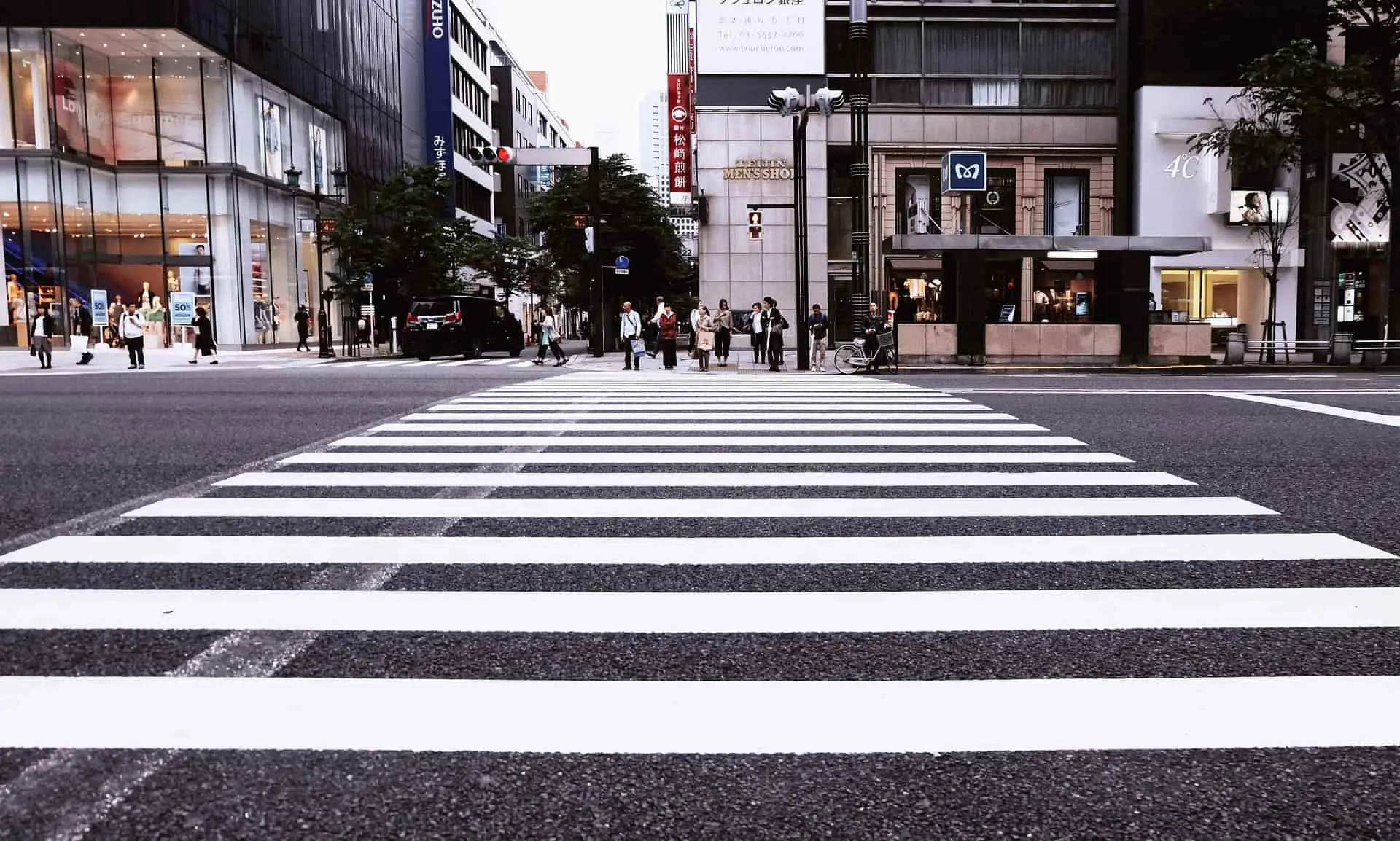Balancing Safety, Rights, and Solutions for Pedestrians

While Orlando’s charm captivates many through its theme parks and natural beauty, the city’s streets play host to a bustling mix of cars, cycles, and pedestrians. Navigating this mix requires a blend of caution, knowledge, and adaptability, especially for those on foot. With the increasing need for pedestrian safety, understanding the risks involved, the rights at one’s disposal, and the available remedies becomes pivotal. This guide takes a deep dive into ensuring safer foot journeys in the heart of Florida.
Understanding the Risks: Orlando’s Pedestrian Landscape
Orlando, despite its allure, has had its challenges with pedestrian safety:
- High Traffic Zones: Busy areas, especially near tourist attractions, see a confluence of vehicles and pedestrians, increasing potential mishaps.
- Crosswalk Concerns: Not all drivers respect crosswalks, and distracted driving can put pedestrians at risk even in designated areas.
Pedestrian Rights: Knowledge as a Shield
In Florida, pedestrians have clear rights:
- Right of Way at Crosswalks: When at crosswalks, especially those with signals, pedestrians have the right of way. However, this doesn’t eliminate the need for caution.
- Sidewalk Safety: Pedestrians should use sidewalks wherever provided. If none exist, walking on the shoulder facing oncoming traffic is advised.
Proactive Measures: Ensuring Safety Before Stepping Out
- Visible Clothing: Especially during the evening or in low-light conditions, wearing reflective or light-colored clothing can enhance visibility.
- Awareness Over Assumption: Never assume a driver has seen you. Making eye contact, especially before crossing streets, can reduce risks.
- Stay Unplugged: While it’s tempting to listen to music or podcasts, keeping earbuds out and phones away ensures you’re alert to your surroundings.
In the Wake of an Incident: Remedies at Hand
Despite best efforts, if an unfortunate incident occurs:
- Immediate Medical Attention: Always prioritize health. Some injuries may not manifest immediately and can have long-term implications.
- Document the Incident: Gather details of involved parties, take photographs, and secure witness accounts if possible.
- Know Your Legal Landscape: Consulting a professional can offer clarity on potential remedies, compensation, and rights. Remember, it’s about understanding, not necessarily litigation.
Advocating for Broader Change
Pedestrian safety isn’t just an individual’s responsibility:
- Community Efforts: Grassroots movements can champion safer street designs, better lighting, and effective crosswalk signals.
- Educational Campaigns: Programs in schools, community centers, and public spaces can educate both drivers and pedestrians about mutual respect and rights.
Conclusion
While Orlando’s streets pulsate with energy and life, ensuring they remain safe for pedestrians requires collective effort. By merging personal caution with community advocacy and legal knowledge, every step taken can be a stride towards a safer Orlando. Whether on foot or behind the wheel, remember: every journey is shared, and respect is the compass that guides all safely to their destinations. Walk safe, Orlando!
